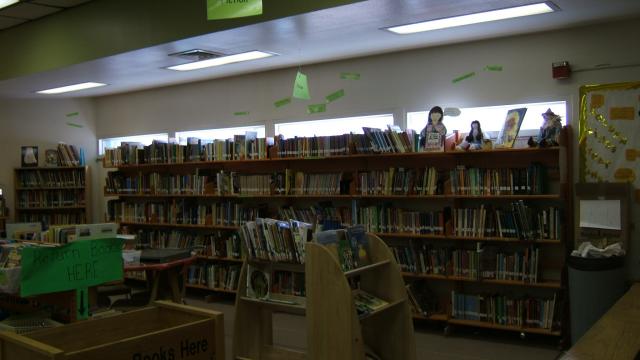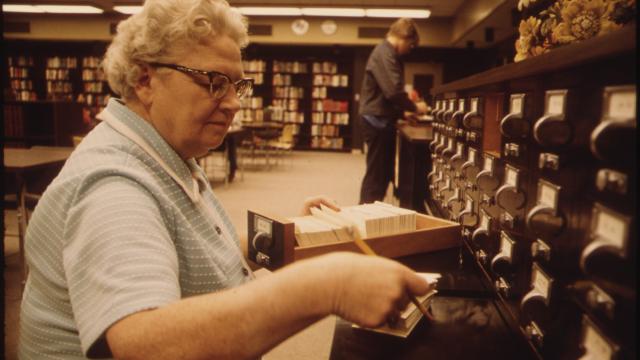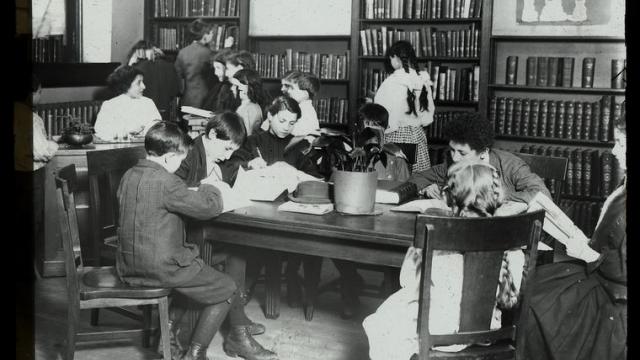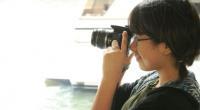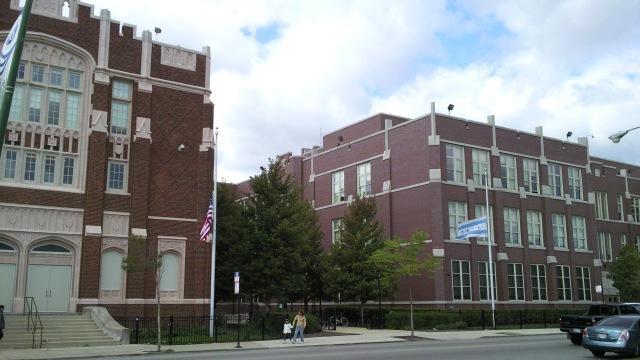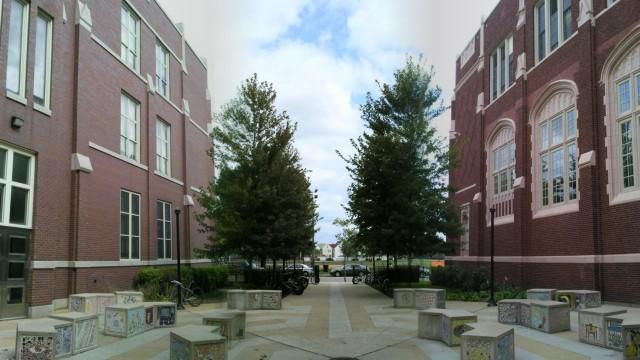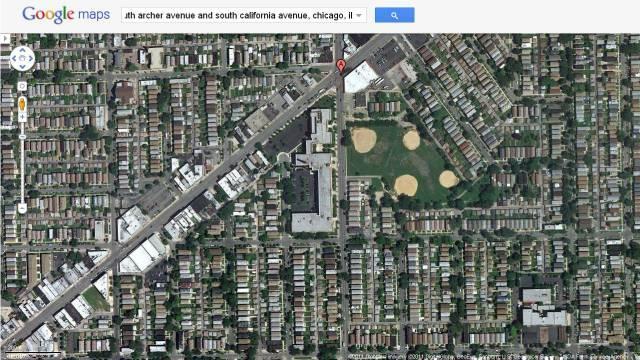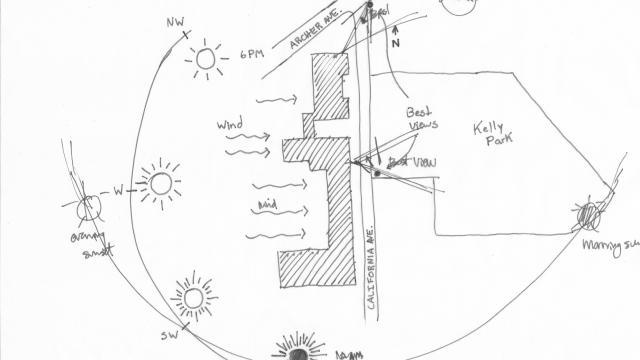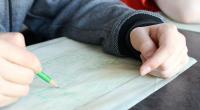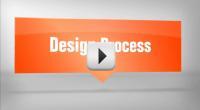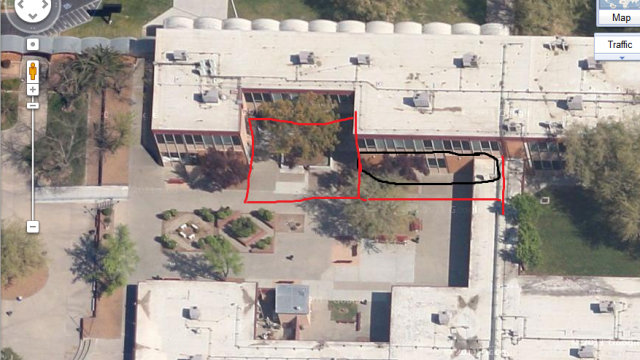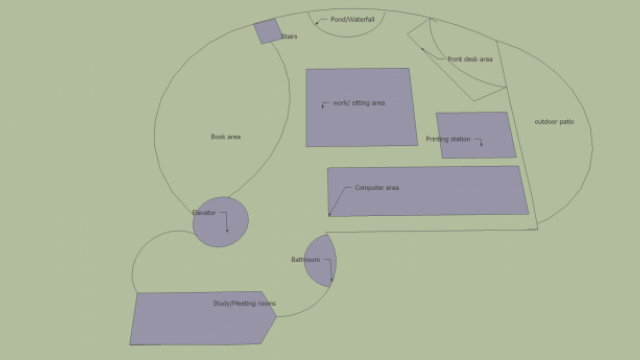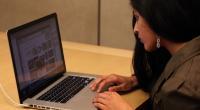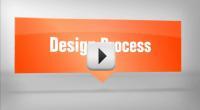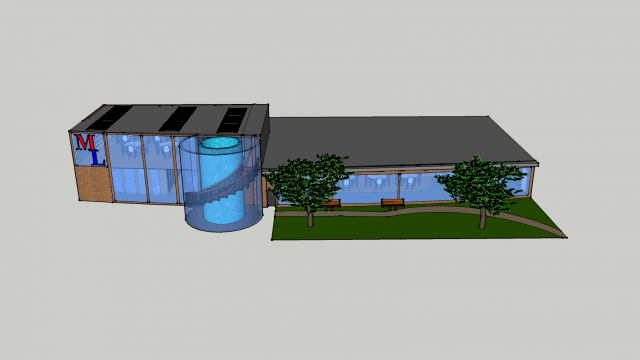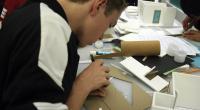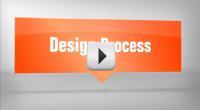In Curie High School, there's an old library that needs renovation. As the years pass, the library books seem to be decreasing little by little. The materials and furniture also seem start wearing away and objects start breaking down. That is what Curie's library reminds me of because it overall looks old fashioned.
The media center (the library) has various computer stations, but they are fairly small. Some of the computer stations are used as a classroom, so other students that are in need of the use of a computer cannot have access due to the shortage of computers available. There are also some computers that are in the media center, but students are unauthorized to use them. Also there is also a shortage of seats where students and staff can relax and go read a book. There are tables in the back of the library, but they are sometimes used by classrooms. With that being said, that further shortens the space for students who want to read a book in peace.
In the new media center, I'm planning to expand it a bit more in order to make the computer labs and the bookshelves larger. I plan on installing at least two large computer labs where both students and classes can benefit from. Also I am going to place more bookshelves in the library so students and staff can have more books to choose from in the library. There are also going to be a section with a lot of tables and chairs for people who want to read, do homework, talk among each other (small groups), or just relax.
This new project will not just help and benefit the teachers, but also the students that are looking for a "sanctuary" of peace and quiet.

.png)


